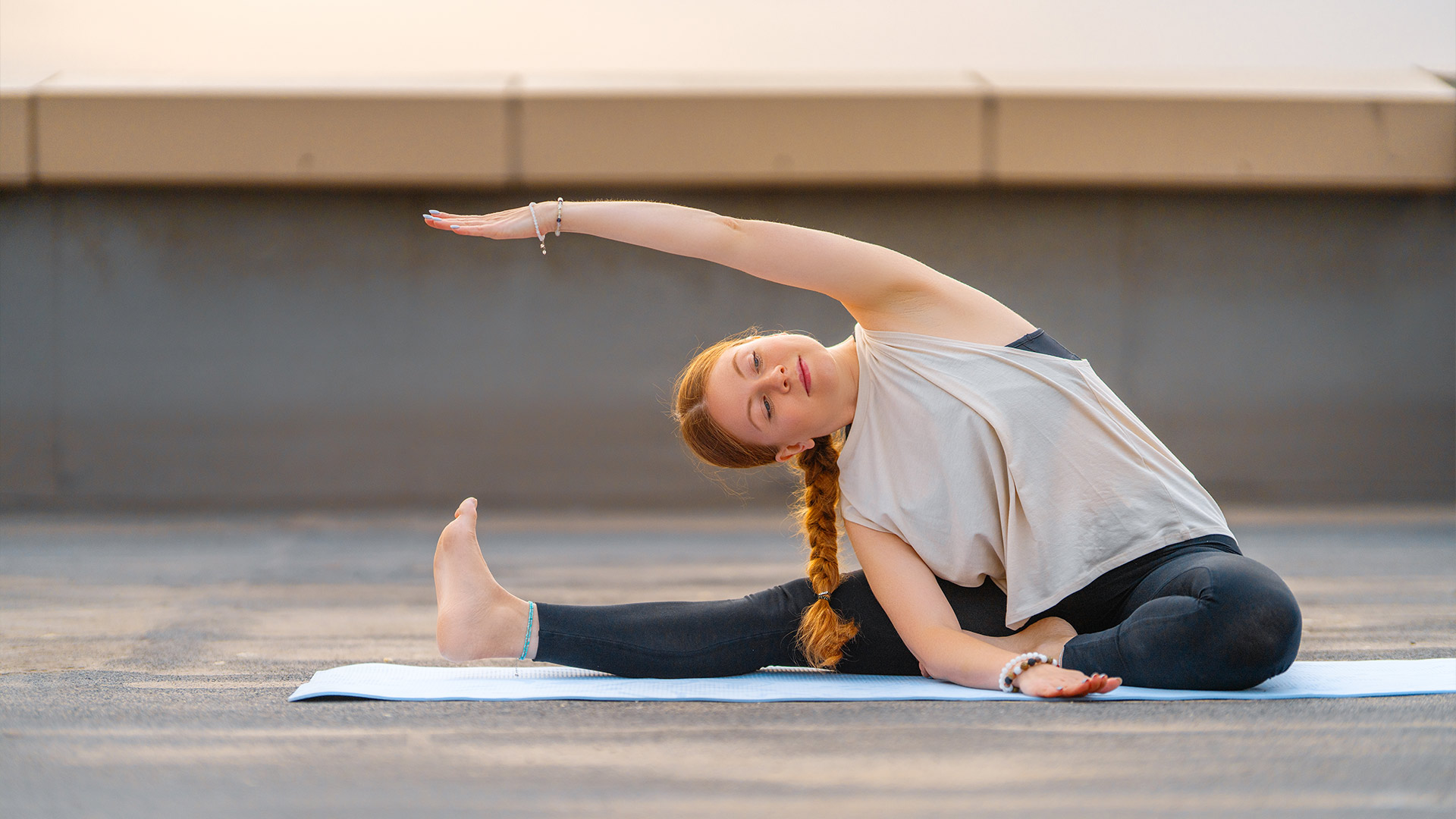Here’s a truth bomb most people don’t talk about: we all start losing muscle after the age of 30. Yep, every single one of us. It’s a slow fade, but by the time you hit 60, you could’ve lost up to 30% of your muscle mass if you’re not doing something about it.
Now, don’t panic. The solution isn’t complicated, and you don’t have to live in the gym. In fact, the most powerful weapon against muscle loss is strength training—and it doesn’t matter if you’re 35 or 75, it’s never too late to start.
Let’s unpack how muscle loss creeps in, and how strength training can help you stay strong, sharp, and seriously youthful.
What Is Muscle Loss, Really?
Muscle loss due to aging has a fancy name: sarcopenia. Sounds like a wizard spell, but it's really just what happens when your muscles aren’t used enough or supported properly.
Here’s what causes it:
- Natural aging (thanks, biology)
- Sedentary lifestyle
- Low protein intake
- Lack of resistance or weight-bearing activity
- Hormonal changes
The problem? Less muscle means more weakness, more fatigue, higher risk of falls, and a slower metabolism. That combo doesn’t just affect how you feel—it affects how you live.
Why Strength Training Works Like a Time Machine
Strength training (aka resistance training or lifting stuff that feels a bit heavy) directly tells your body: “Hey! We still need these muscles. Don’t go anywhere.”
Here’s what it does:
- Builds and preserves muscle mass
- Improves bone density (goodbye, osteoporosis risk)
- Boosts metabolism, even while you're resting
- Supports joint health and posture
- Increases balance and coordination
- Gives you that “I feel strong again” confidence
And guess what? You don’t need to lift like a bodybuilder to get the benefits.
How Often Should You Strength Train?
The golden rule: 2–3 times per week is enough to maintain and build muscle. You can split it into upper and lower body, or just do full-body sessions.
The key is consistency over intensity.
Each session should target your major muscle groups:
- Legs (quads, hamstrings, calves)
- Glutes
- Back and shoulders
- Chest
- Core and arms
And don’t worry if you’re starting from scratch. Even bodyweight moves count.
Beginner-Friendly Strength Moves (No Gym Required)
You don’t need machines. You need gravity—and maybe a couple of dumbbells or resistance bands. Start here:
- Bodyweight Squats – Builds leg and core strength
- Wall Push-Ups – Easy on joints but great for upper body
- Glute Bridges – Strengthens hips, glutes, and lower back
- Standing Rows with Resistance Band – Great for posture and back health
- Overhead Press with Light Weights – For shoulders and arms
- Planks – Core control and stability (your spine will thank you)
Do 2–3 sets of 8–12 reps, resting 30–60 seconds between. Start slow, keep good form, and add resistance as you grow stronger.
Real People, Real Results
Let’s make this real for a second.
- Jackie, 62, started strength training during lockdown with soup cans. Now? “I can lift my grandkids, carry groceries in one trip, and my knees hurt less.”
- Mark, 70, had trouble with stairs. After 4 months of basic squats and lunges, he climbs them like a champ.
- Linda, 48, swapped endless cardio for strength twice a week. “I lost inches, gained energy, and my back pain disappeared.”
The takeaway? It’s not about aesthetics (though that’s a nice bonus). It’s about feeling capable and energized in your everyday life.
Myths That Stop People from Starting (Let’s Bust ‘Em)
Let’s clear up a few common worries:
- “I’m too old to start.” Nope. Strength training is safe—and super beneficial—at any age.
- “I don’t want to get bulky.” You won’t. Building big muscle takes serious effort and specific diets. You’ll get toned, not huge.
- “I have joint issues.” Start with low-impact, slow-controlled movements. In most cases, it actually helps joint pain.
- “I don’t have time.” Ten to fifteen minutes, two to three times a week. That’s all it takes to start seeing benefits.
Tips to Stay Consistent (and Actually Enjoy It)
Starting is one thing. Sticking with it? That’s where the magic happens. Here’s how to make strength training a habit:
- Schedule it like a meeting. Put it on your calendar.
- Keep your gear visible. Resistance bands on the door handle, dumbbells next to the couch.
- Pair it with a reward. Do your workout, then enjoy your smoothie, show, or bath.
- Track your progress. Write down what you do—seeing your reps and weights increase is super motivating.
- Find what you enjoy. Prefer lifting to music? Like following videos? Try a strength-based Pilates class? Great—do that.
The best routine is the one you’ll actually do.
Bonus Perks (That Have Nothing to Do with Muscles)
This might surprise you: strength training doesn’t just work your body. It supports your mind, too.
Regular strength training:
- Reduces symptoms of depression and anxiety
- Improves sleep quality
- Sharpens memory and focus
- Increases self-esteem and independence
And yes—feeling strong shows up in your posture, your energy, and even your skin. When you feel better, you radiate it.



